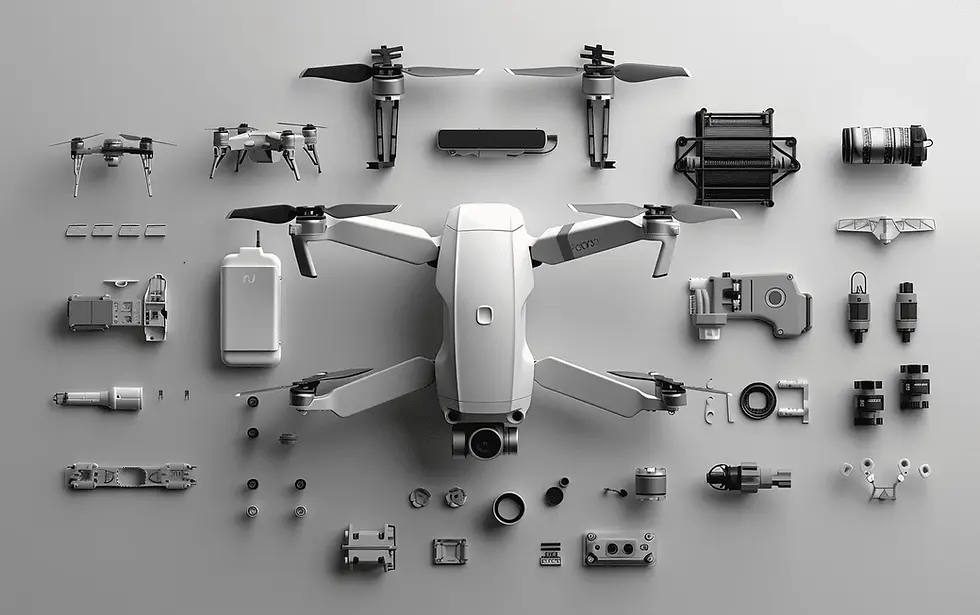The importance of securing your critical toothbrush infrastructure
- Sebastian Fischmeister

- Feb 15, 2024
- 2 min read
Updated: Jun 27
When the false news of 3 million electric toothbrushes being hacked for a distributed denial of service (DDoS) attack made the rounds, it elicited more than a few raised eyebrows and chuckles in our office, with at least one colleague quipping, “I know we do this for a living, but who knew I needed to be worried about my toothbrush?”

Upon closer examination, skepticism quickly mounted regarding the veracity of this event. It's becoming increasingly clear that the story of electric toothbrushes turned cyber culprits is likely more fable than fact. With numerous inconsistencies and a lack of concrete evidence, the consensus is that this tale was never rooted in reality but was instead a cautionary anecdote designed to highlight the pervasive nature of cybersecurity threats.
However, dismissing the story outright misses a crucial point: while the toothbrush attack might be fictional, the underlying message it conveys is not. The incident serves as a stark reminder of the omnipresent nature of cybersecurity risks, extending far beyond the digital realm into the physical devices we use daily.
The focus on securing electronically processed, stored, or communicated information is undeniably important. Yet, it's imperative to remember that security risks don't stop at software vulnerabilities. Physical hardware can also be a significant weak point in our cybersecurity defences. Imagine a bad actor using toothbrushes to stage a vulnerability (following MITRE T1608) to be exploited at will later. A simple attack with wide reaching consequences, and not fixable by a software update.
Real-world examples of hardware cyber attacks underscore the gravity of this issue. The apparent commercial availability of modchips for Cisco gear to bypass firmware security is just one. Another notable incident involved the discovery of counterfeit Cisco routers back in 2008, which posed a grave risk to the integrity of critical infrastructure networks. These counterfeit devices, which could be remotely accessed by malicious actors, highlighted the potential for hardware to serve as a gateway for cyber threats. Another example is the Stuxnet attack, discovered in 2010, which specifically targeted supervisory control and data acquisition (SCADA) systems used in Iran's nuclear program. Stuxnet demonstrated the ability of a cyber attack to cause physical damage to equipment, bridging the gap between digital vulnerabilities and tangible consequences.
More recently, concerns over supply chain security have come to the forefront, with incidents like the SolarWinds attack illustrating how compromised hardware and software components can lead to widespread infiltration of secure systems.
These examples serve as a potent reminder of the need to broaden our perspective on cybersecurity. It's not just about protecting data or preventing unauthorized access to our networks. It's also about ensuring the integrity and security of the physical devices that populate our connected world.
While we may not need to cast a wary eye on our electric toothbrushes just yet, the story encourages us to consider all facets of security, both digital and physical.



